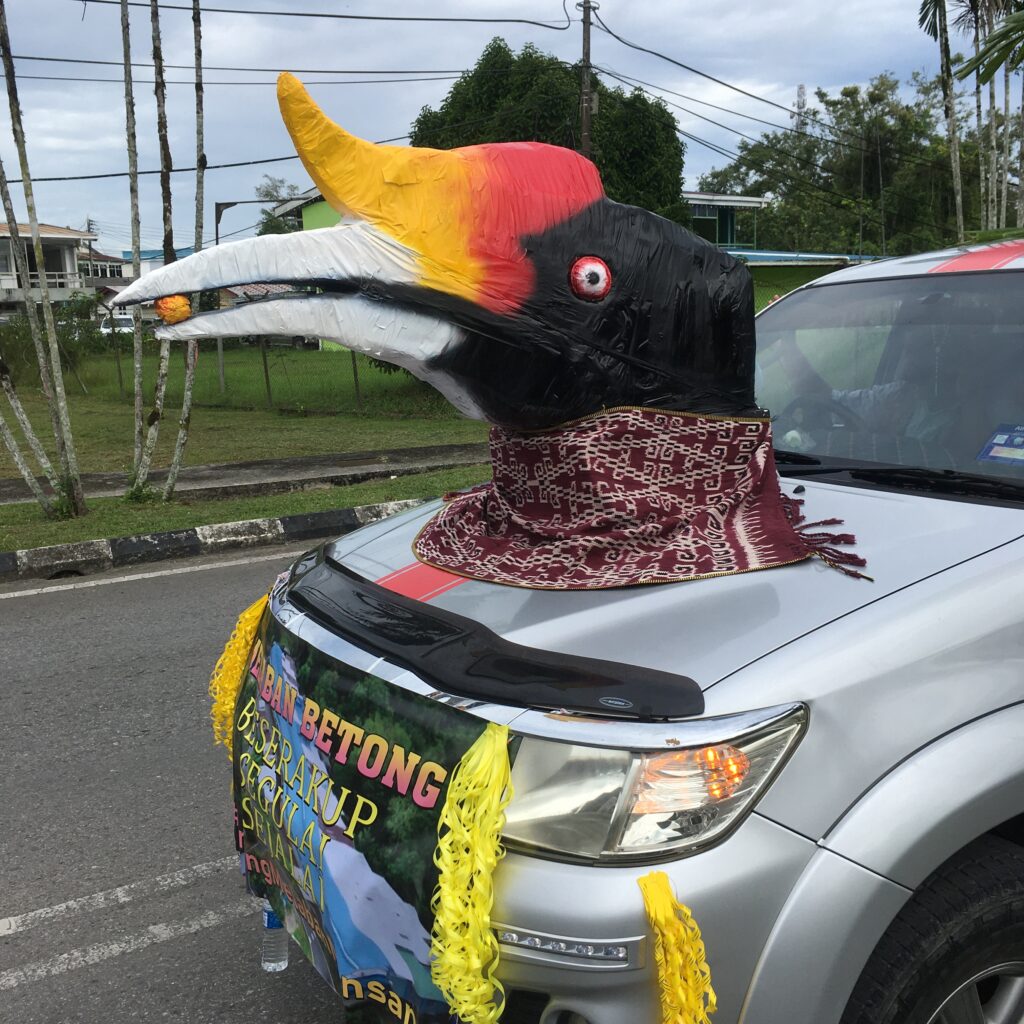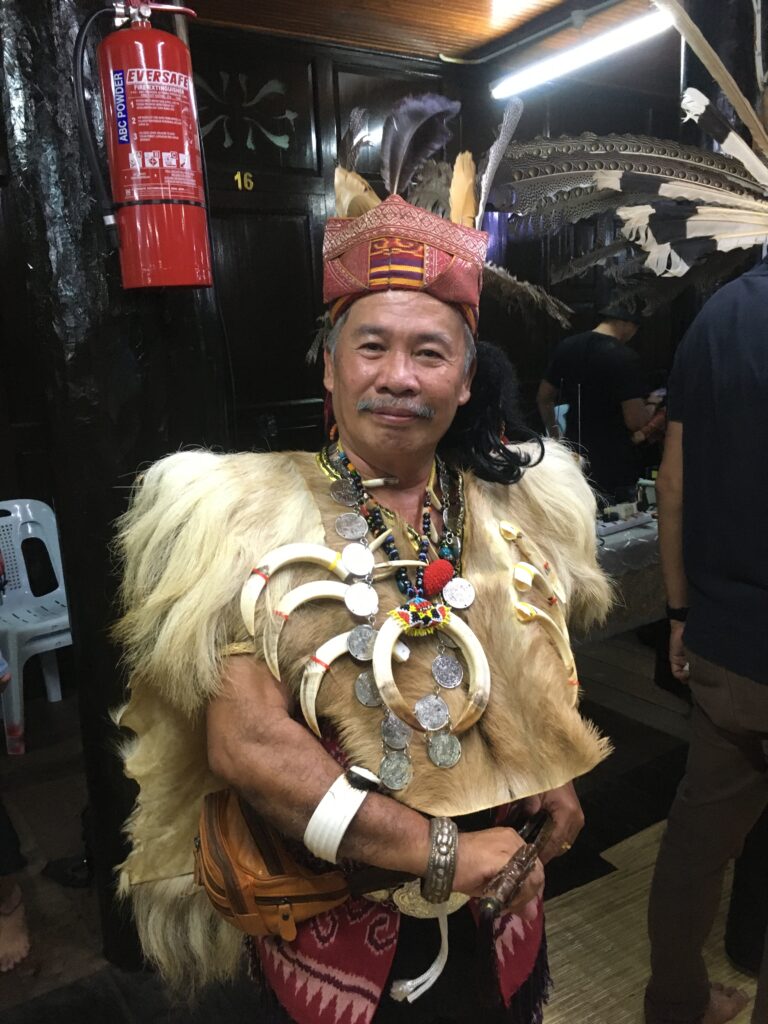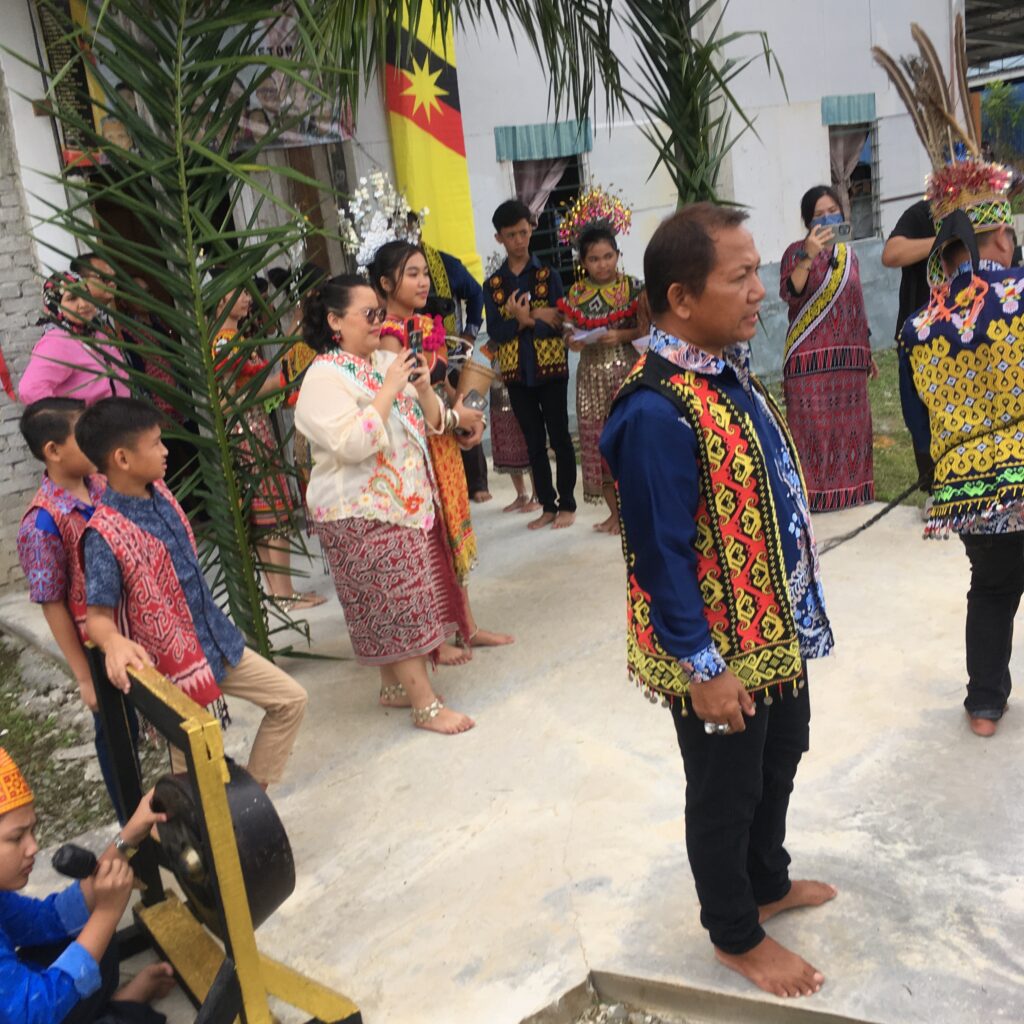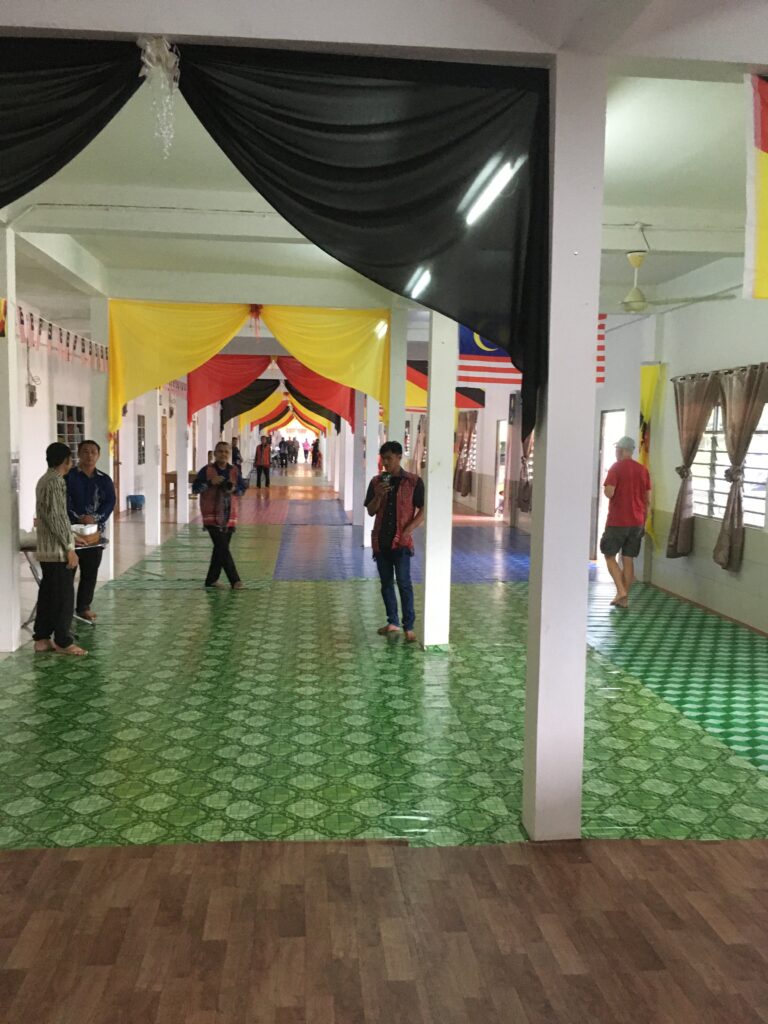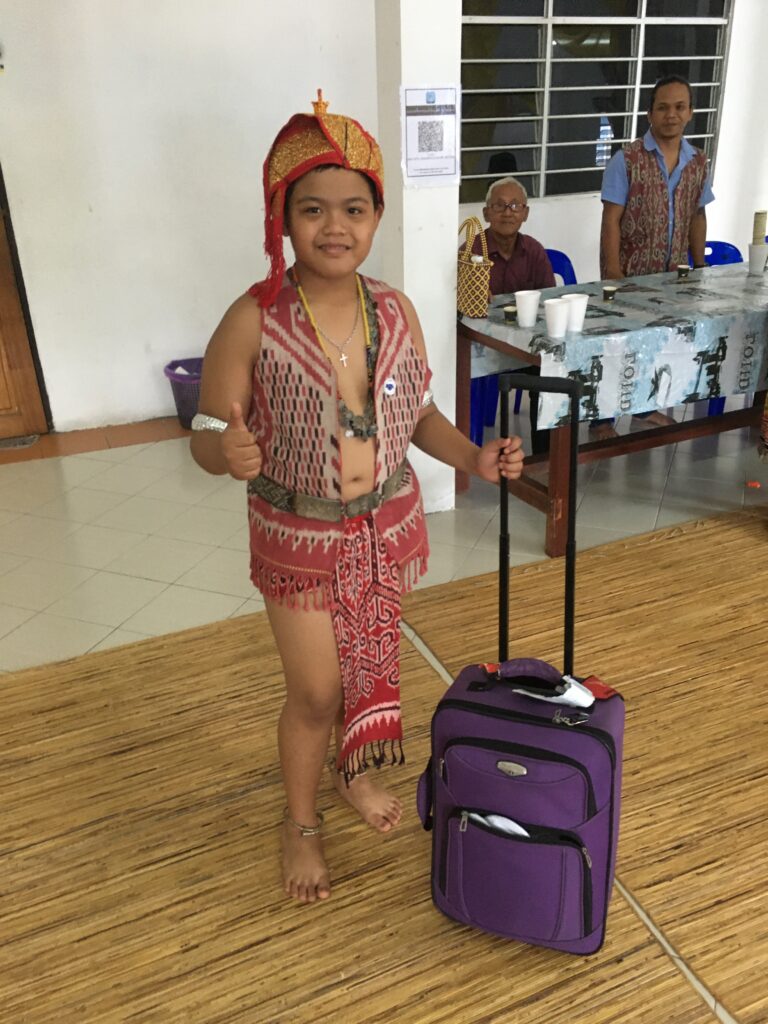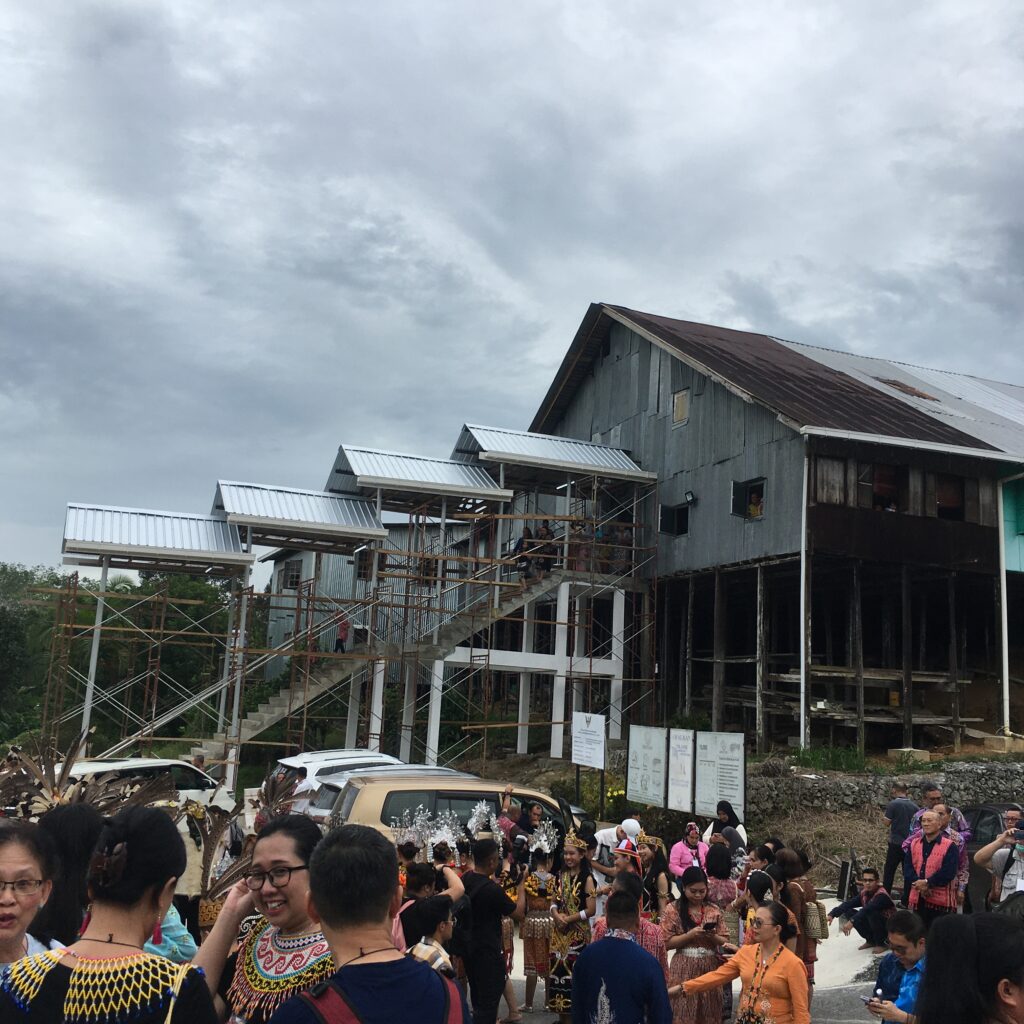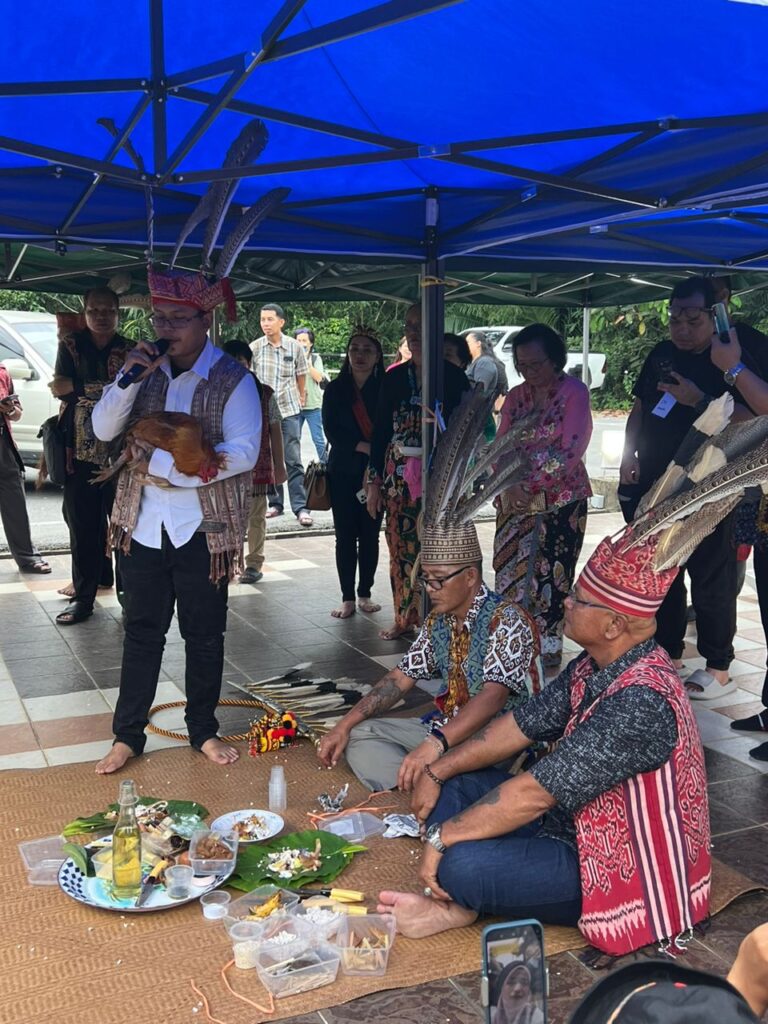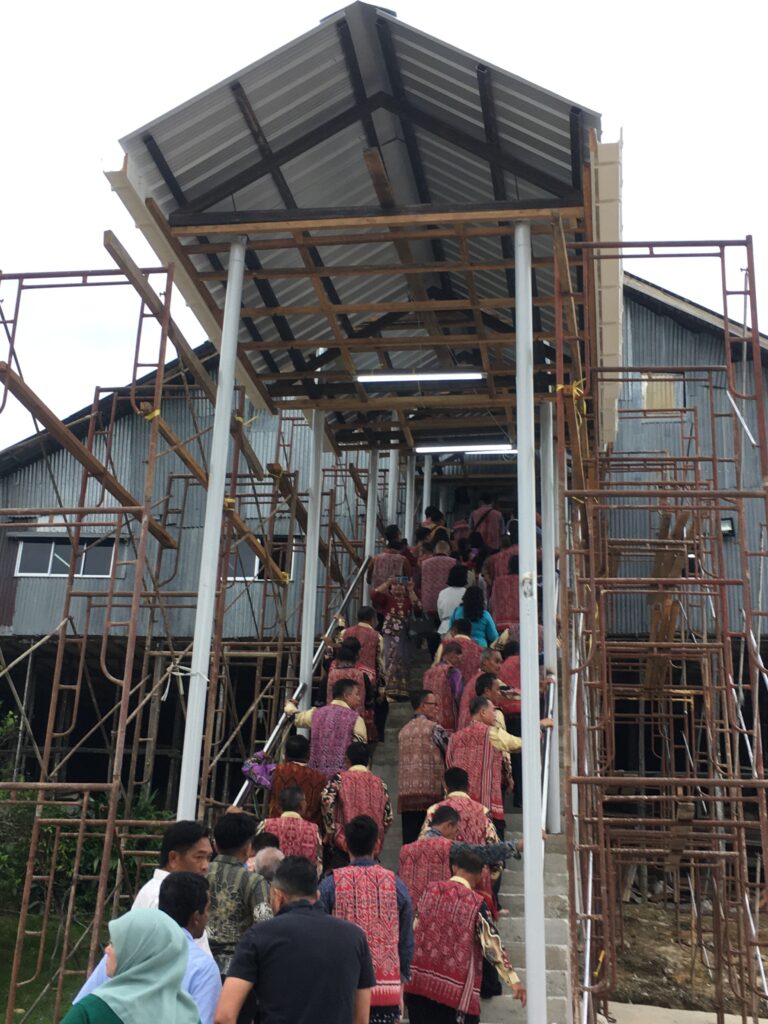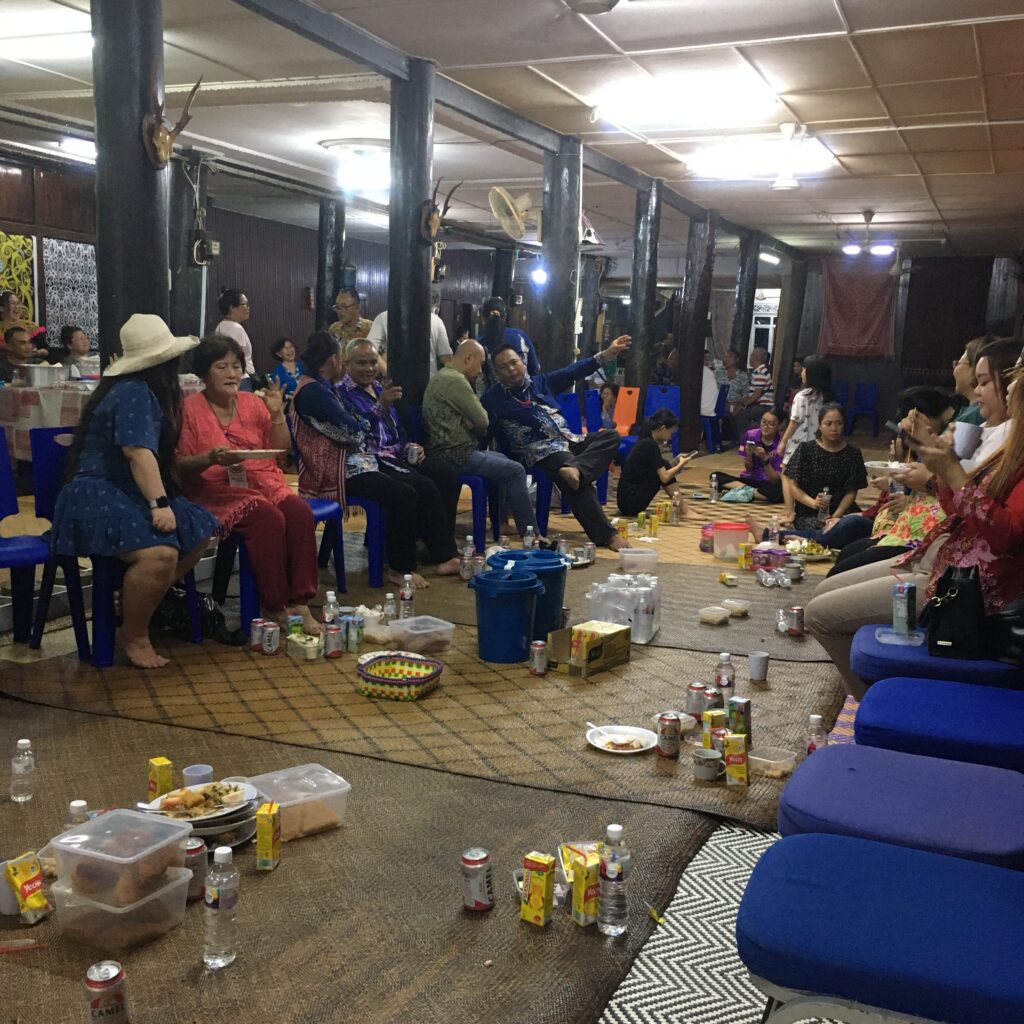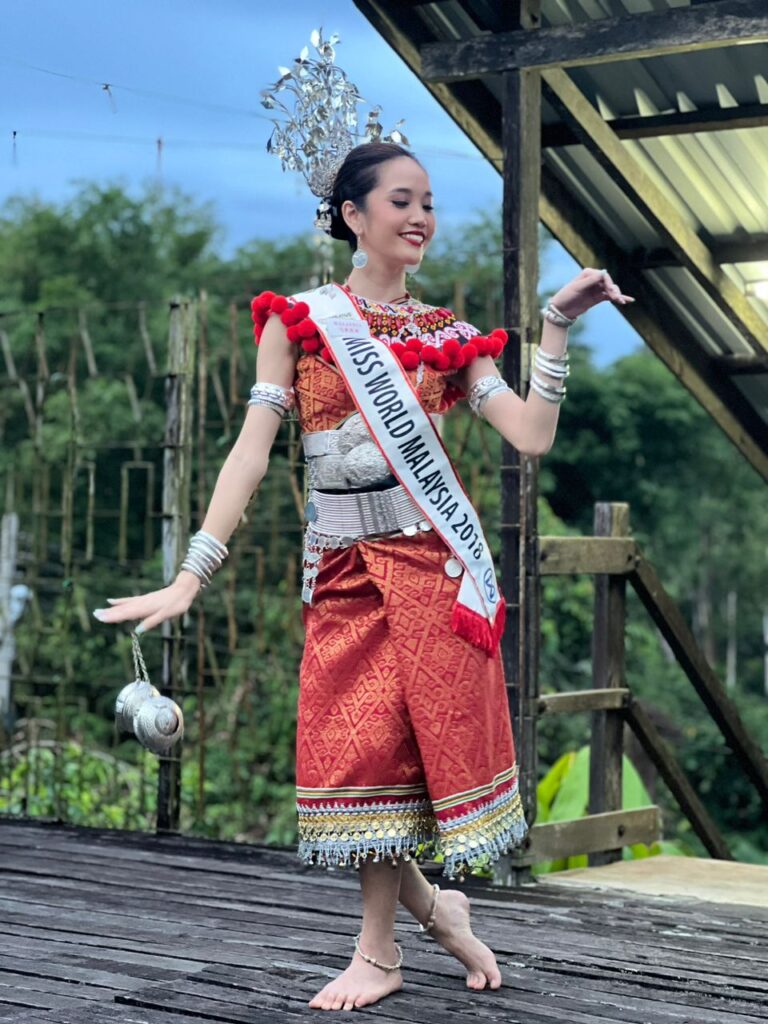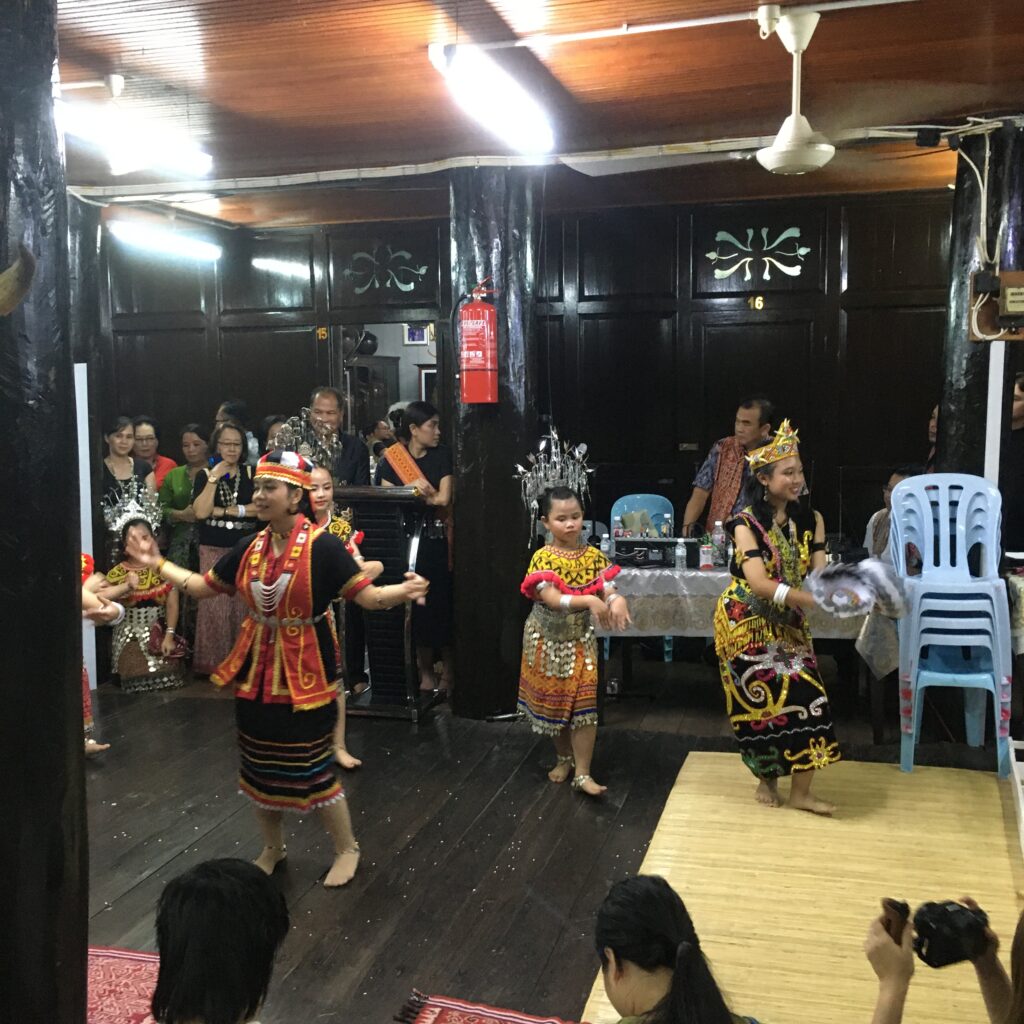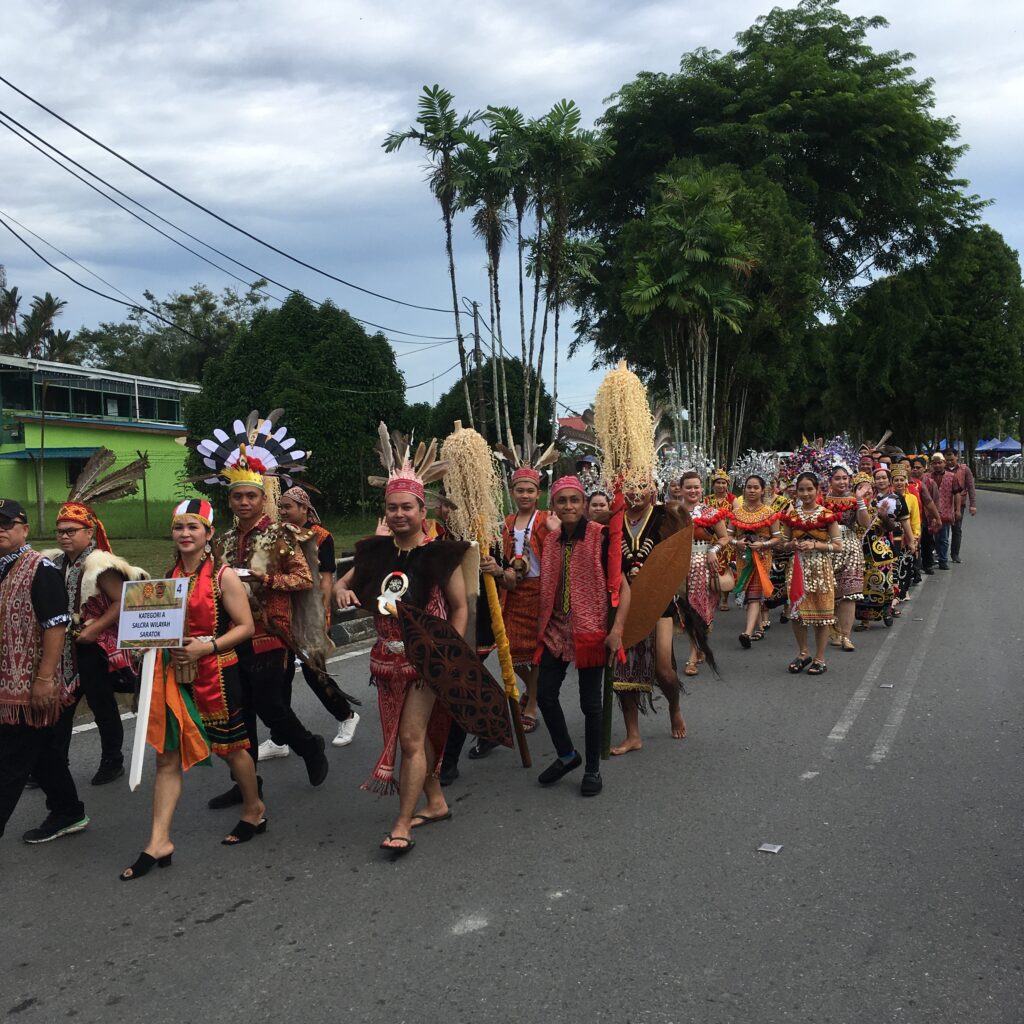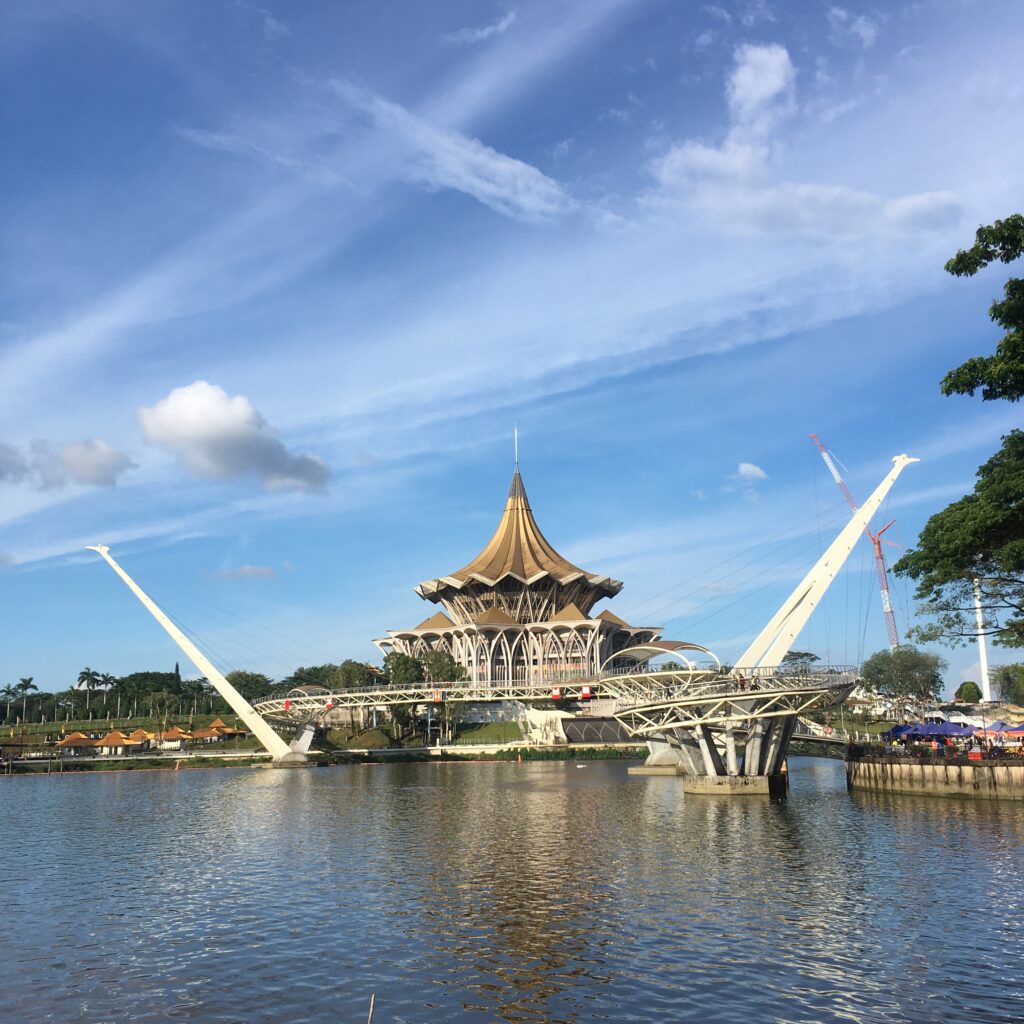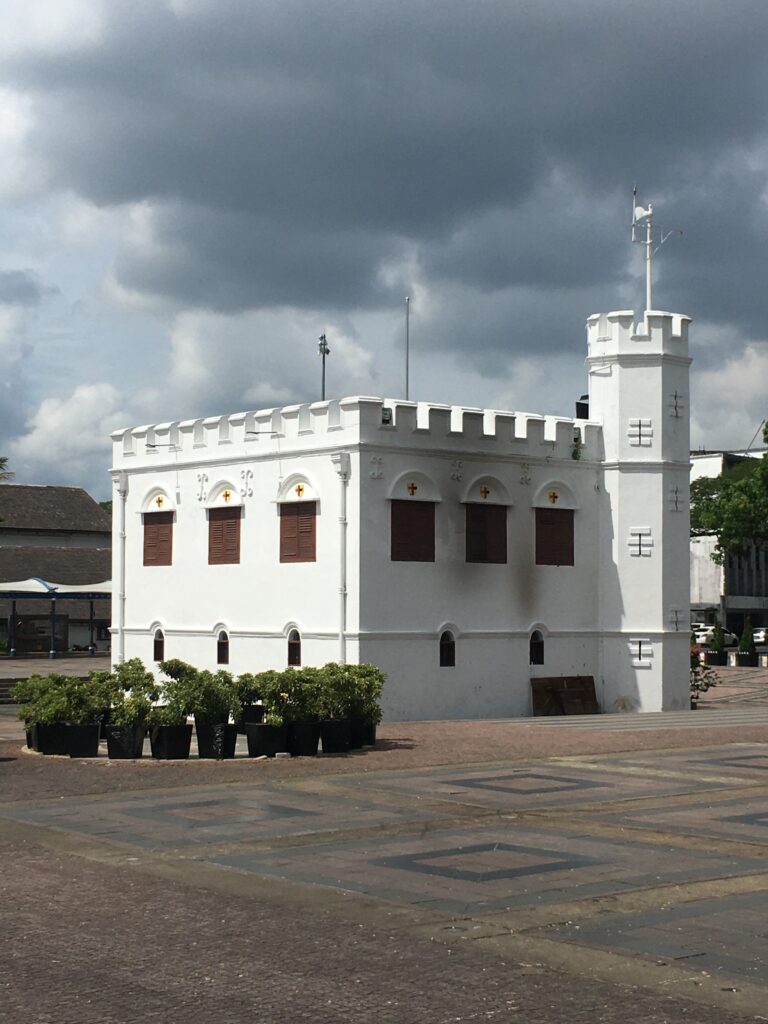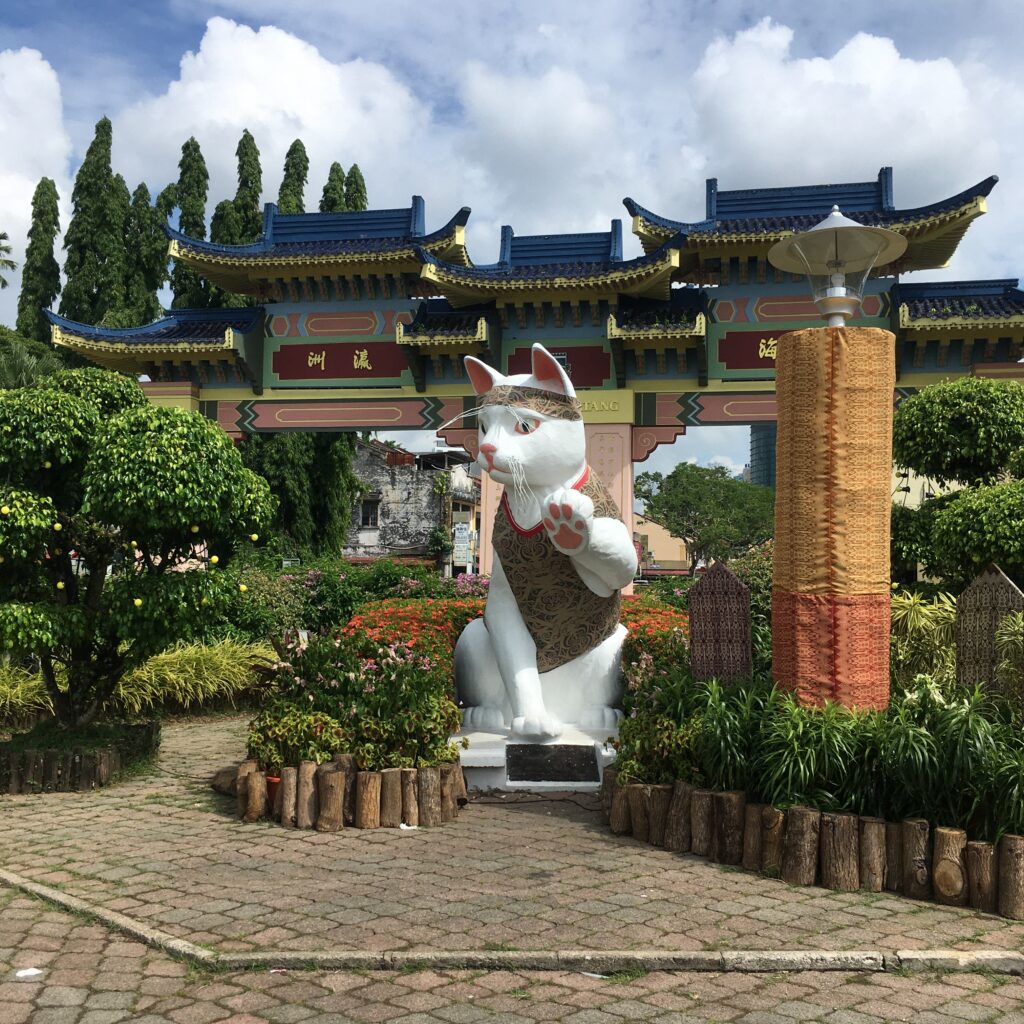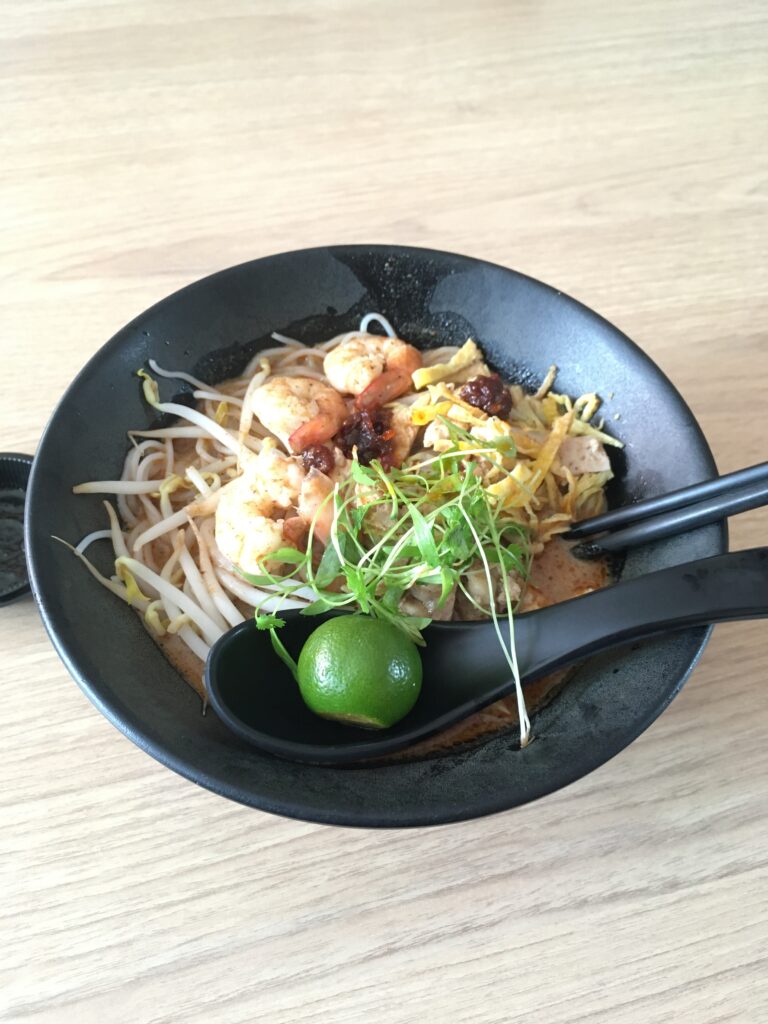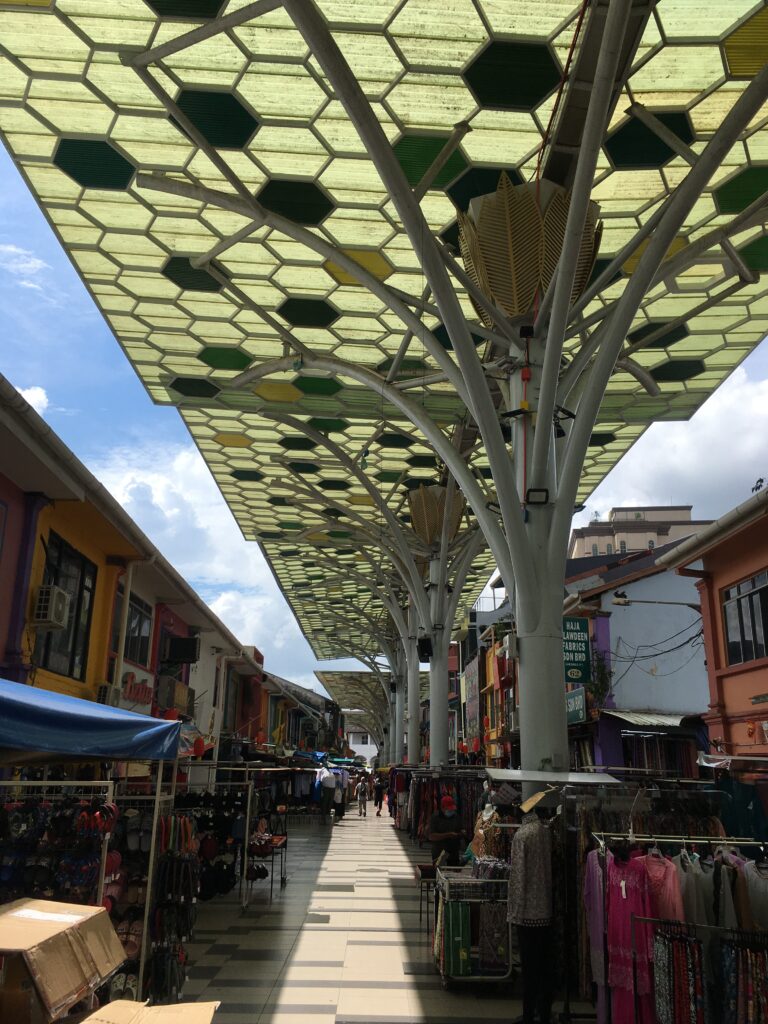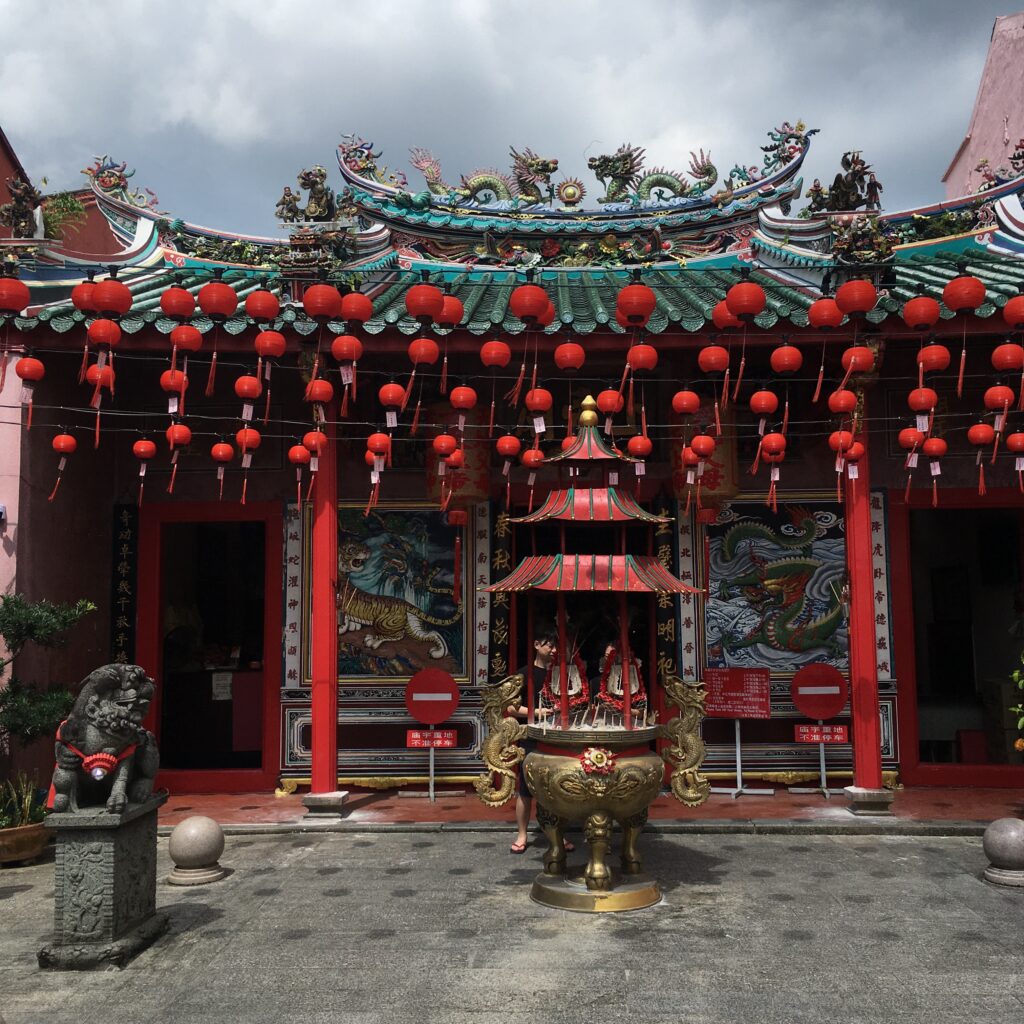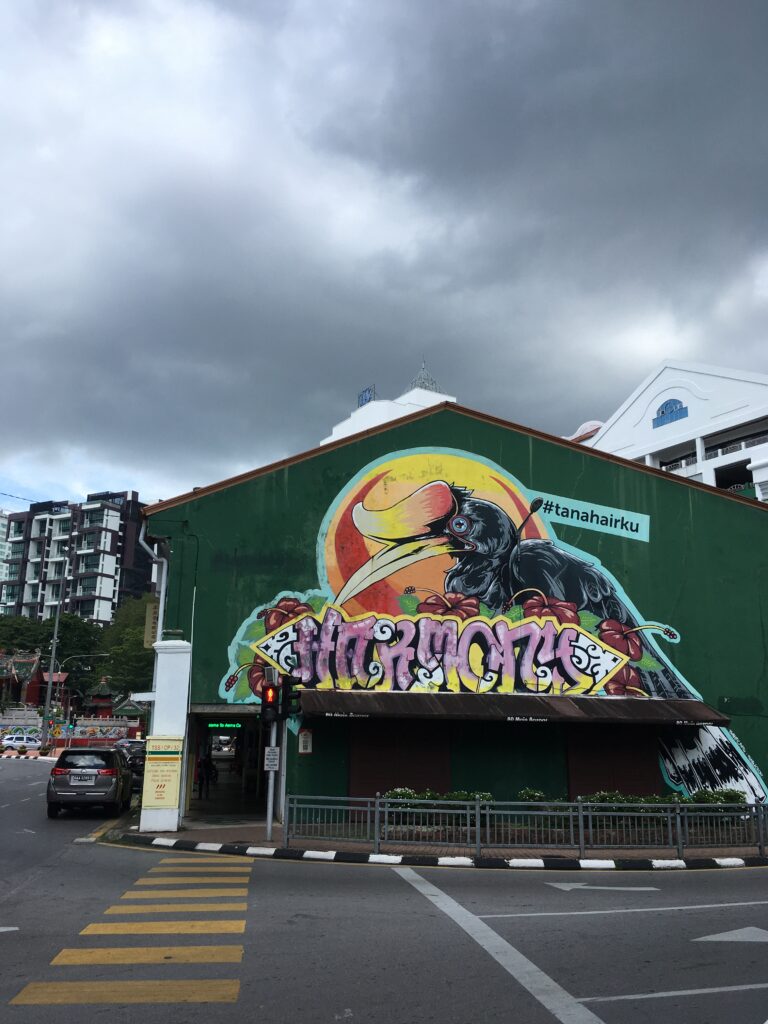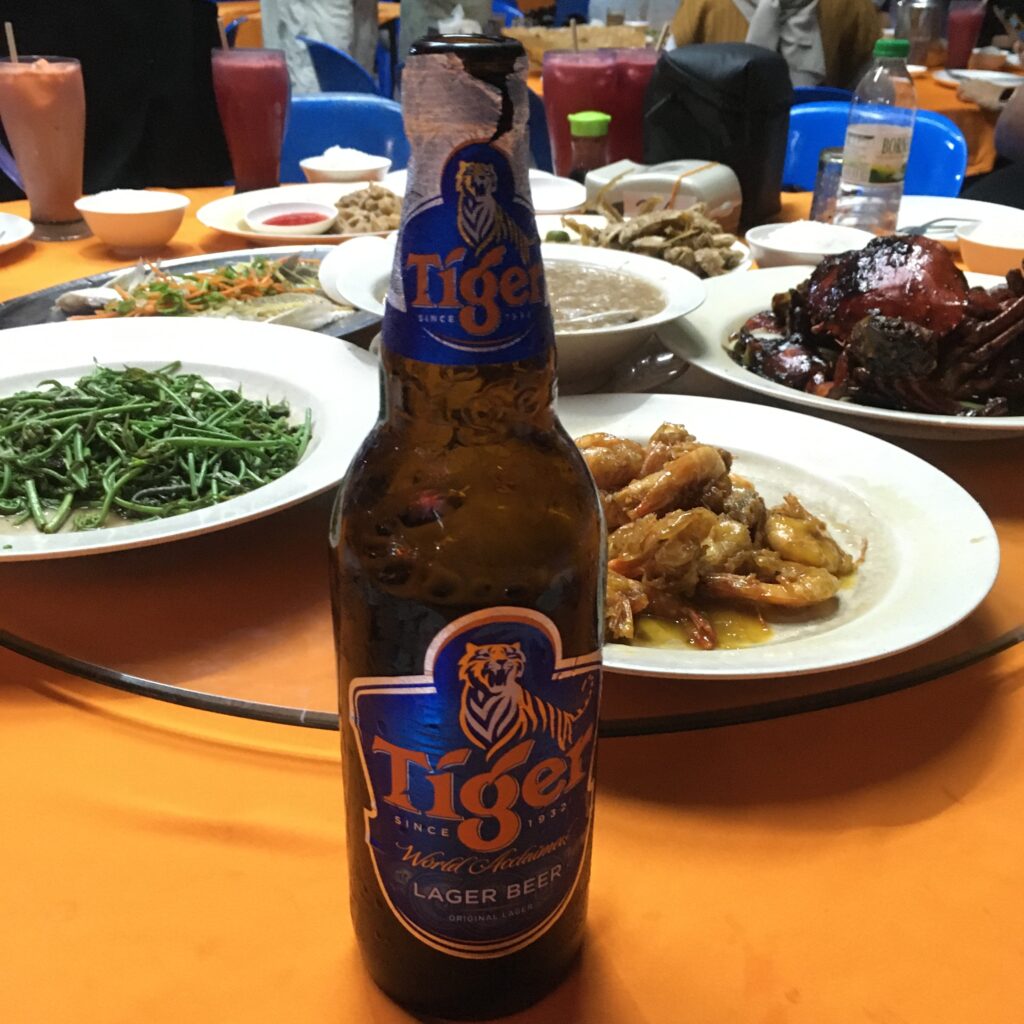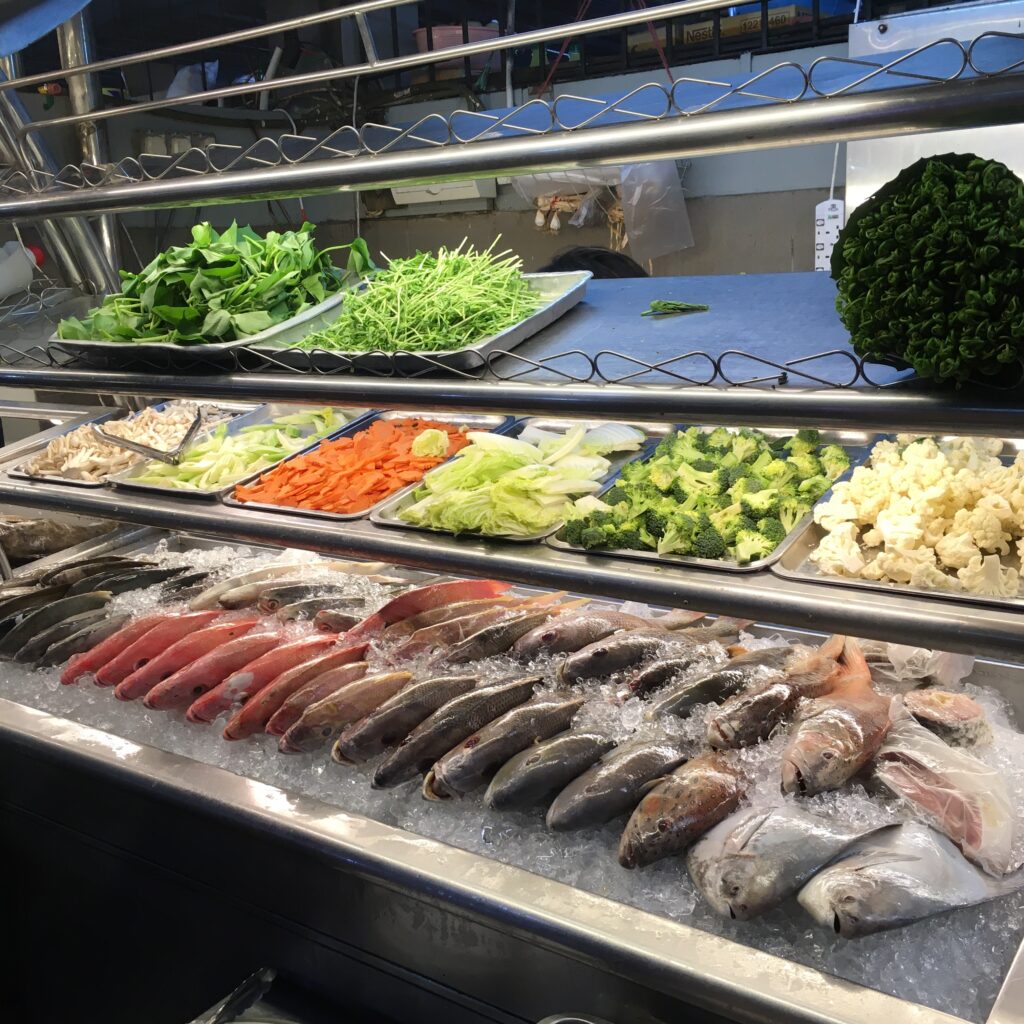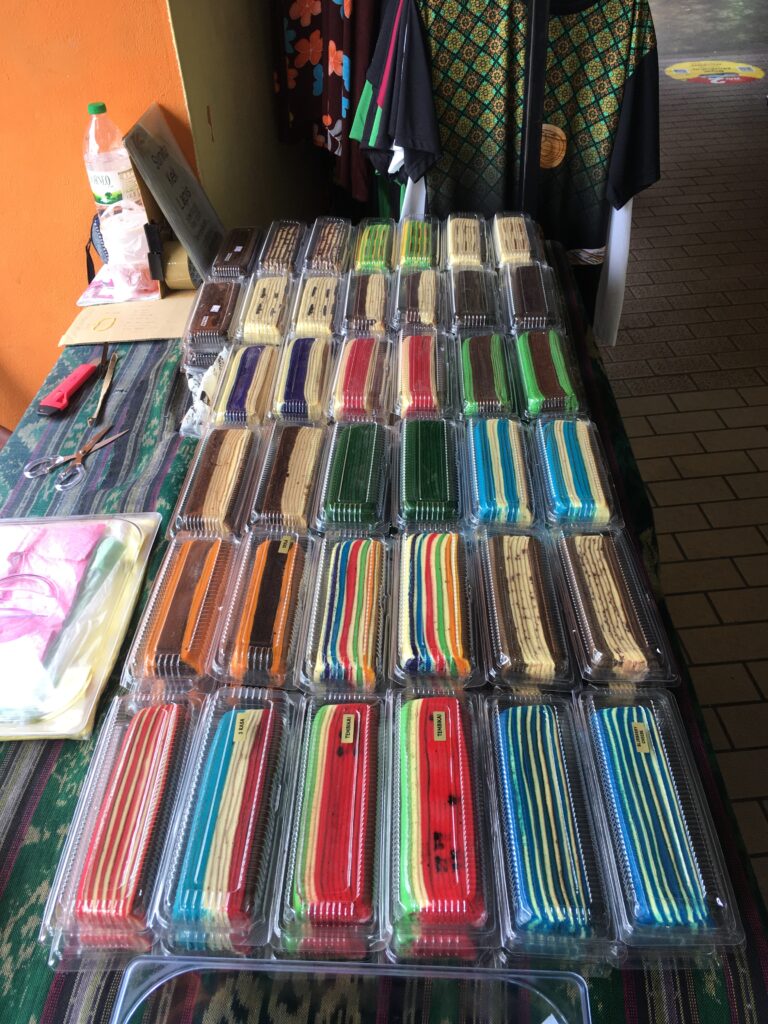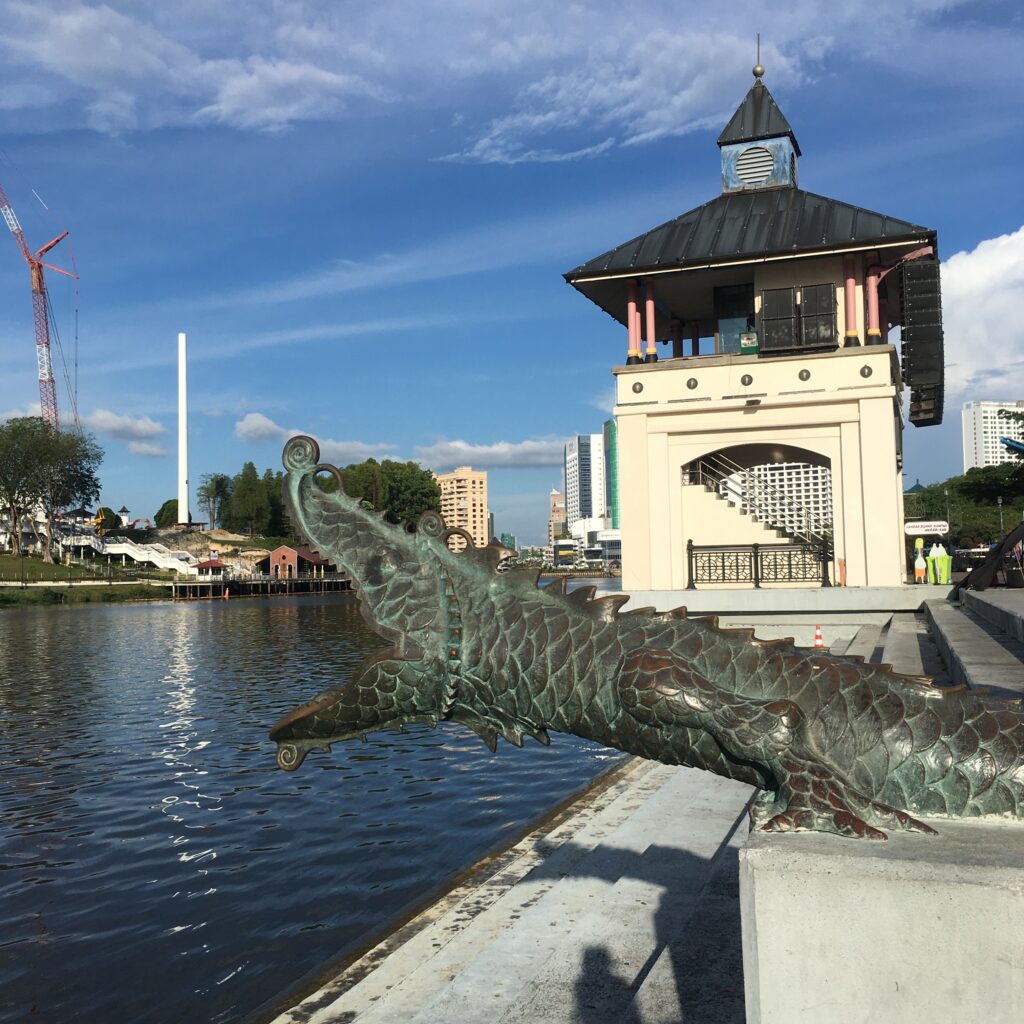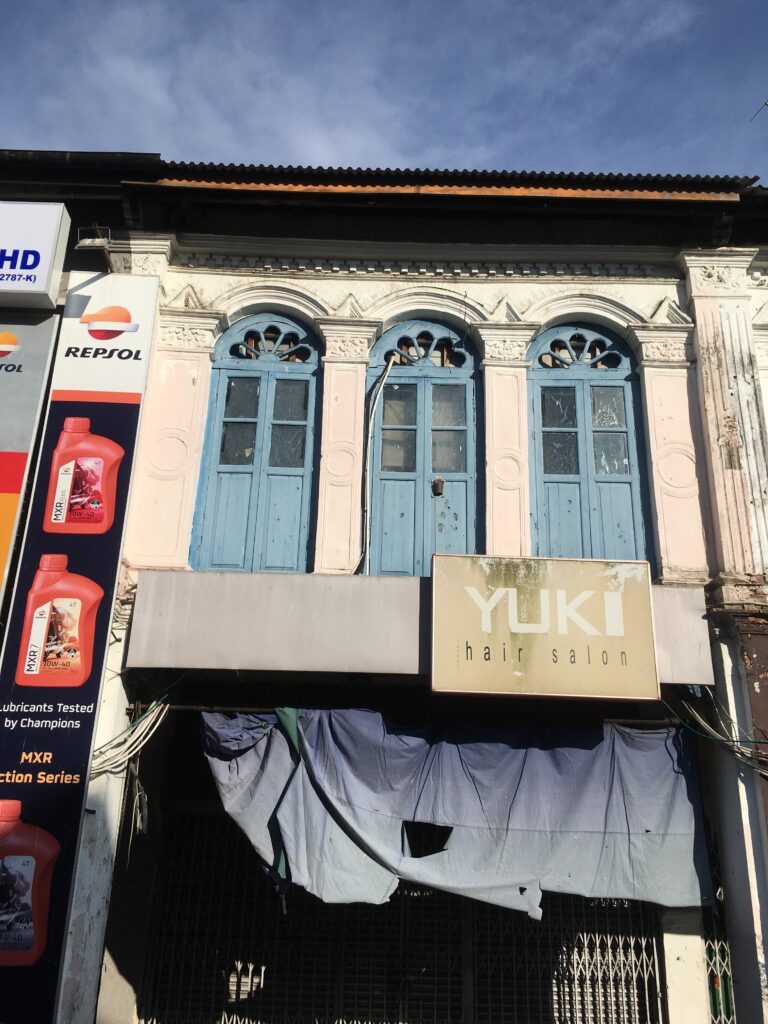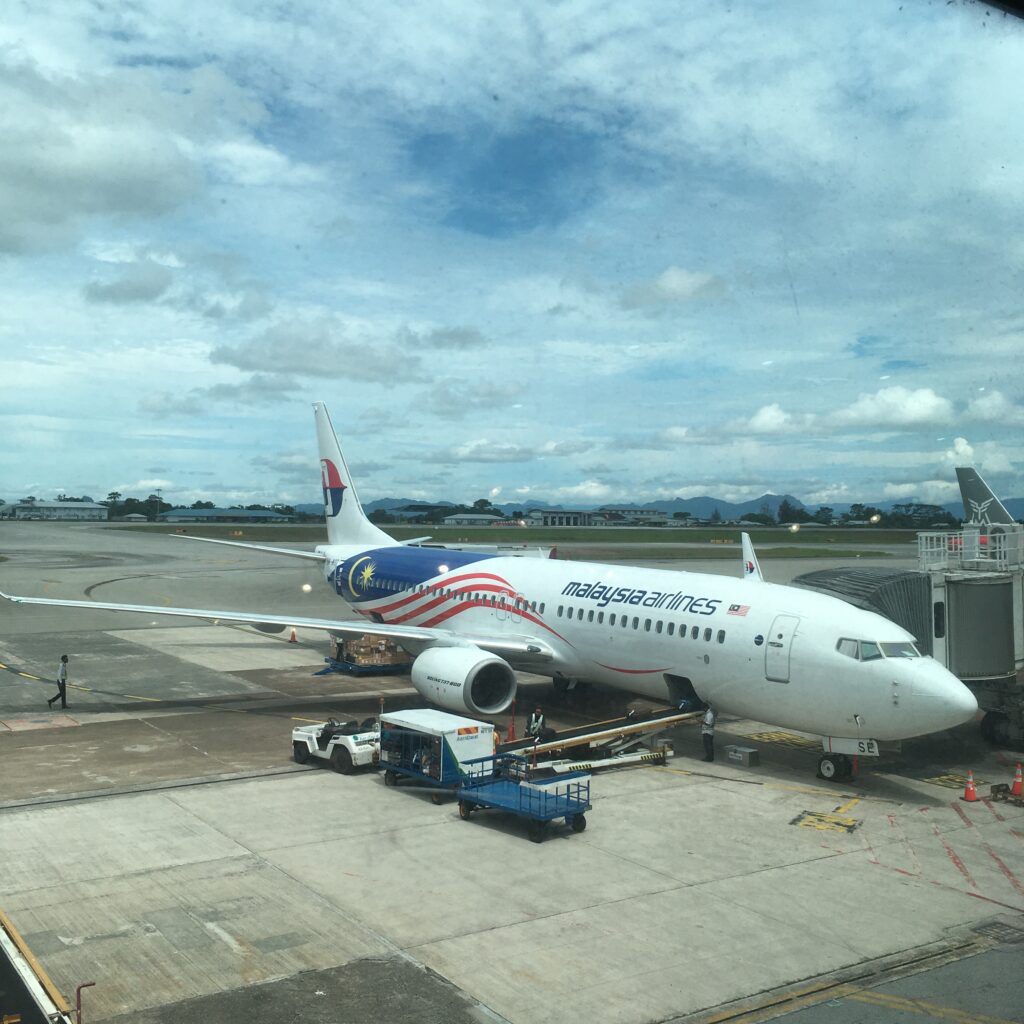
How to travel to Malaysia and around the country? Malaysia Airlines (MH) have it covered with an abundance of flights daily, both internationally and domestically with streamlined connections, especially through the capital Kuala Lumpur.
This snazzy aircraft at the gate of Kuching airport is a Malaysia Airlines (MH) B737 800 series and was spotlessly clean and comfortable. The staff were friendly and extremely helpful in every way.
Please note; a trip from Kuala Lumpur over to Kuching in Borneo is considered an international flight (because of the relationship to Malaysia), you will also need to clear immigration again going into Borneo and back to Malaysia and onto your country (if travelling internationally).
Of course, different airlines fly in both directions, but ascertain before ticketing, you have enough time to ensure the transfer is viable. Especially if you are using two different carriers with no interline baggage agreement as you will have to collect the luggage and again recheck it for the new onward flight. If in doubt call the airlines you are booked with to be doubly sure. If travelling on Malaysia Airlines, it’s a seamless transition of luggage if ticketed on MH, one of its subsidiaries or alliance partners.
Check with your travel agent or call Malaysia Airlines directly.
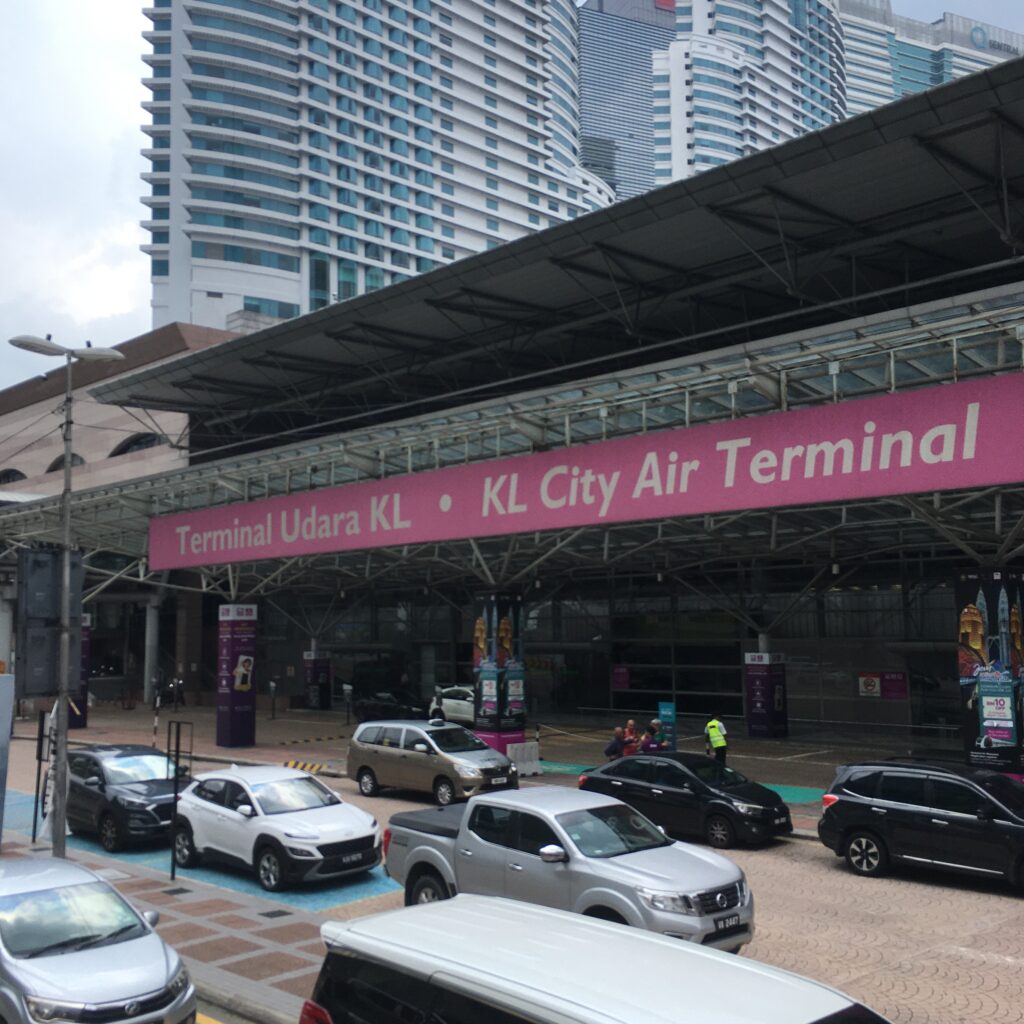
Taking the airport train from the Terminals 1 and 2 is a thoughtful option considering the length of time road transport can take. Approximately MYR55 (A$20) the KL Espres train is fast and efficient allowing time to relax a little before arriving into KL Sentral and City Air Terminal, whereby it’s a transit point for the local metro and Monorail train system.
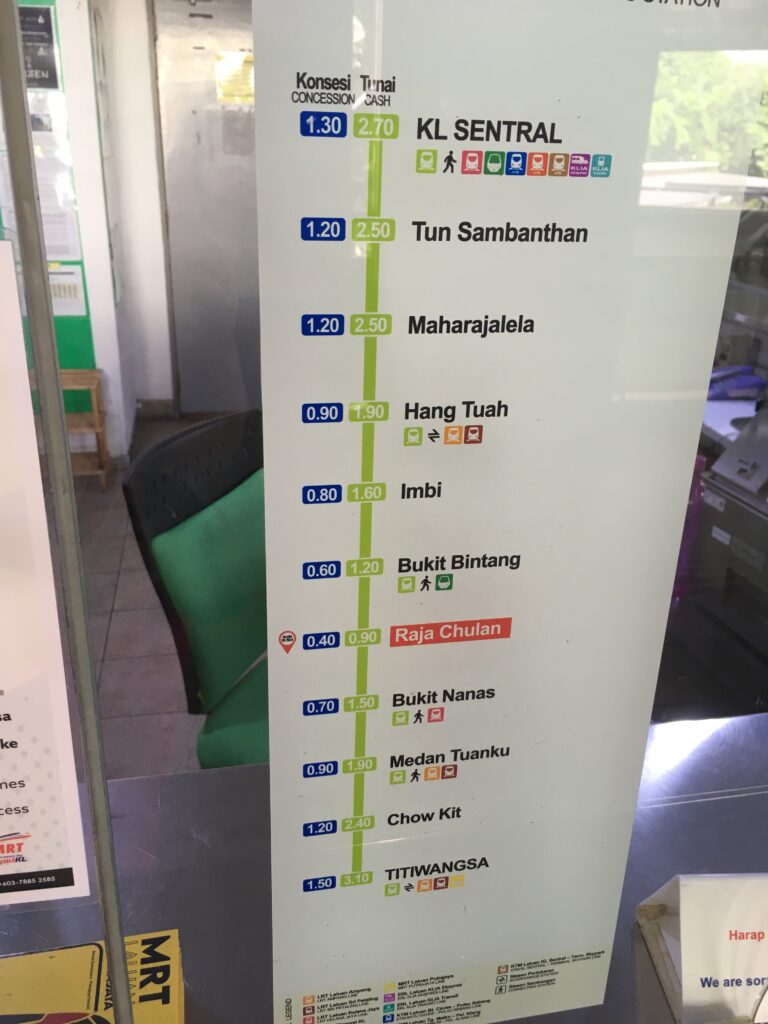
From KL Sentral there’s more options with the Monorail which run overhead of the city’s traffic.
Hint: Bukit Bintang is a fantastic shopping area with restaurants and markets if you’re on the hunt for some last-minute bargains and delicious food.
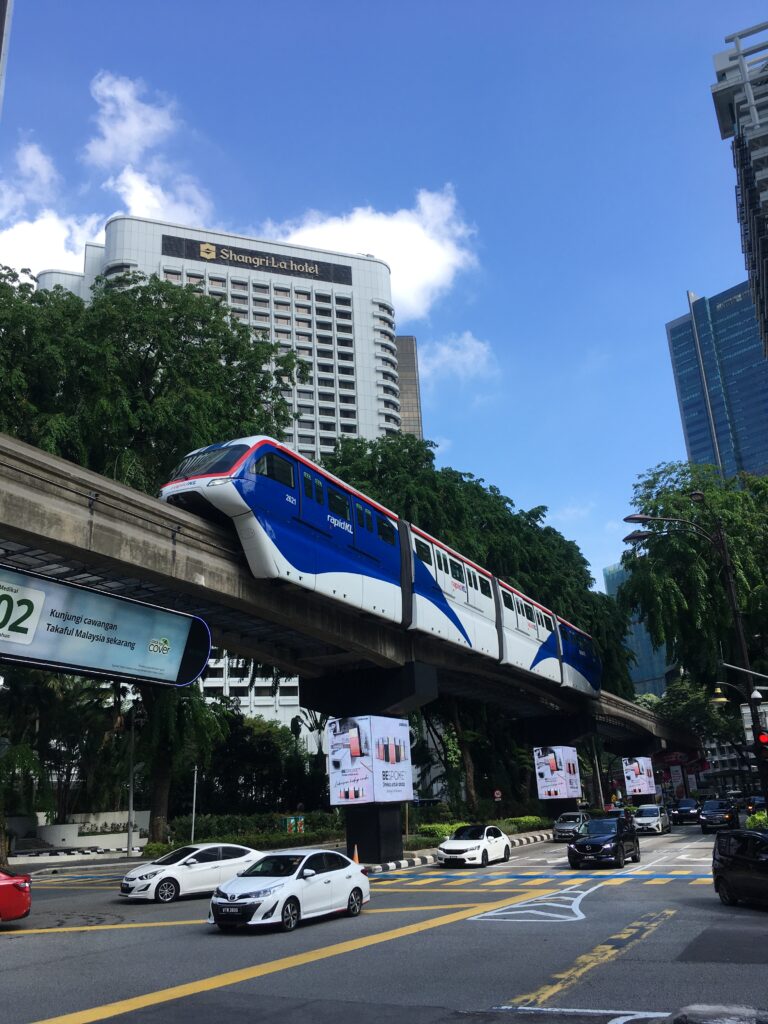
Clean and affordable in ‘how to get around’ a busy city, this is a fast and effective way in cutting out the daily grind of traffic lights. Have some loose change ready for the ticket machines and you’ll be on your way in no time. Choose English on the display unit (if that’s your language) making it incredibly easy.
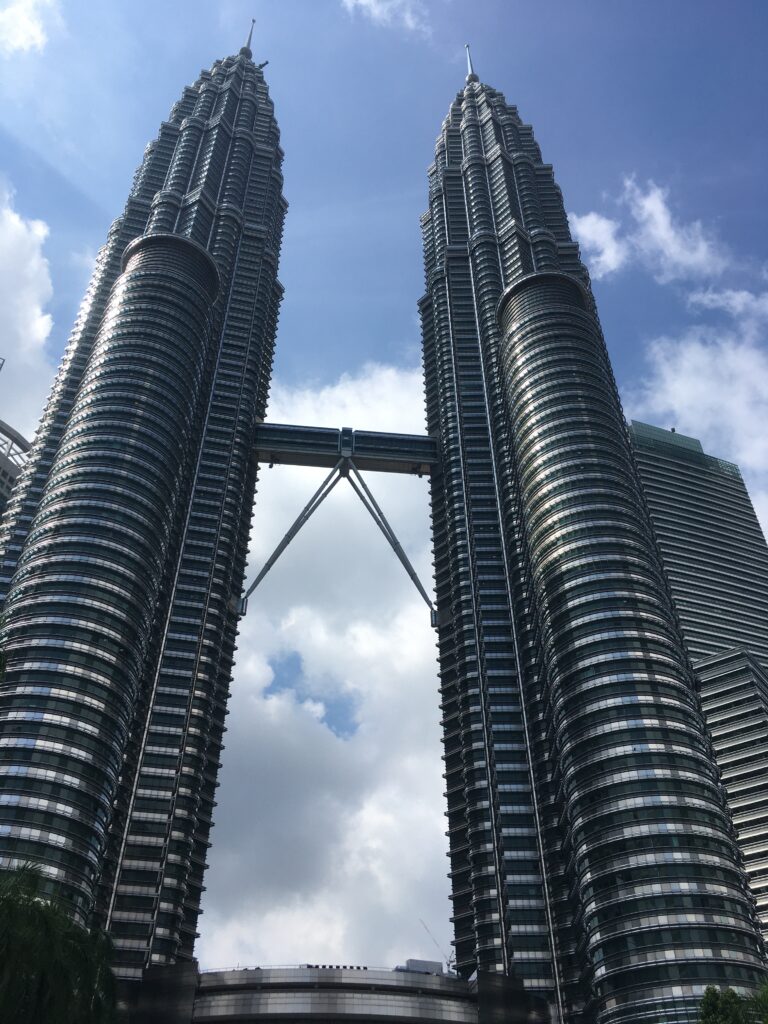
And what’s the first stop on everyone’s list of things to do in Kuala Lumpur? No prizes for guessing! One of the world’s most impressive buildings being the Pretonas Twin Towers. They were officially designated as the tallest buildings in the world until they were surpassed by the completion of the Taipei 101 in 2004.
Across the forefront quadrangle, there’s a myriad of Hop On, Hop Off buses to take tourists around a circuit of the city’s main attractions. If you’re short on time, it’s a head start on seeing some of the highlights in one day, especially if there’s a couple of sights such as the Bird Sanctuary and cultural museums which are always a drawcard. Spend as much or as little time as you wish at each stop on a one-day ticket.
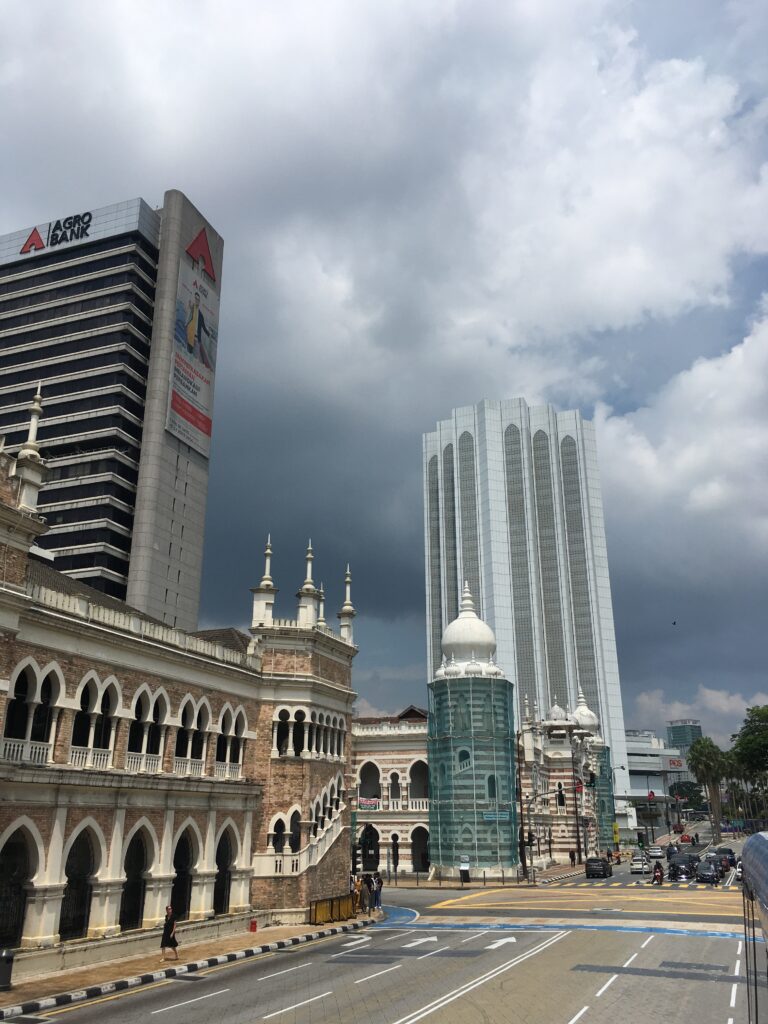
A juxtaposition of architectural styles will keep enthusiasts enthralled and always looking upwards.
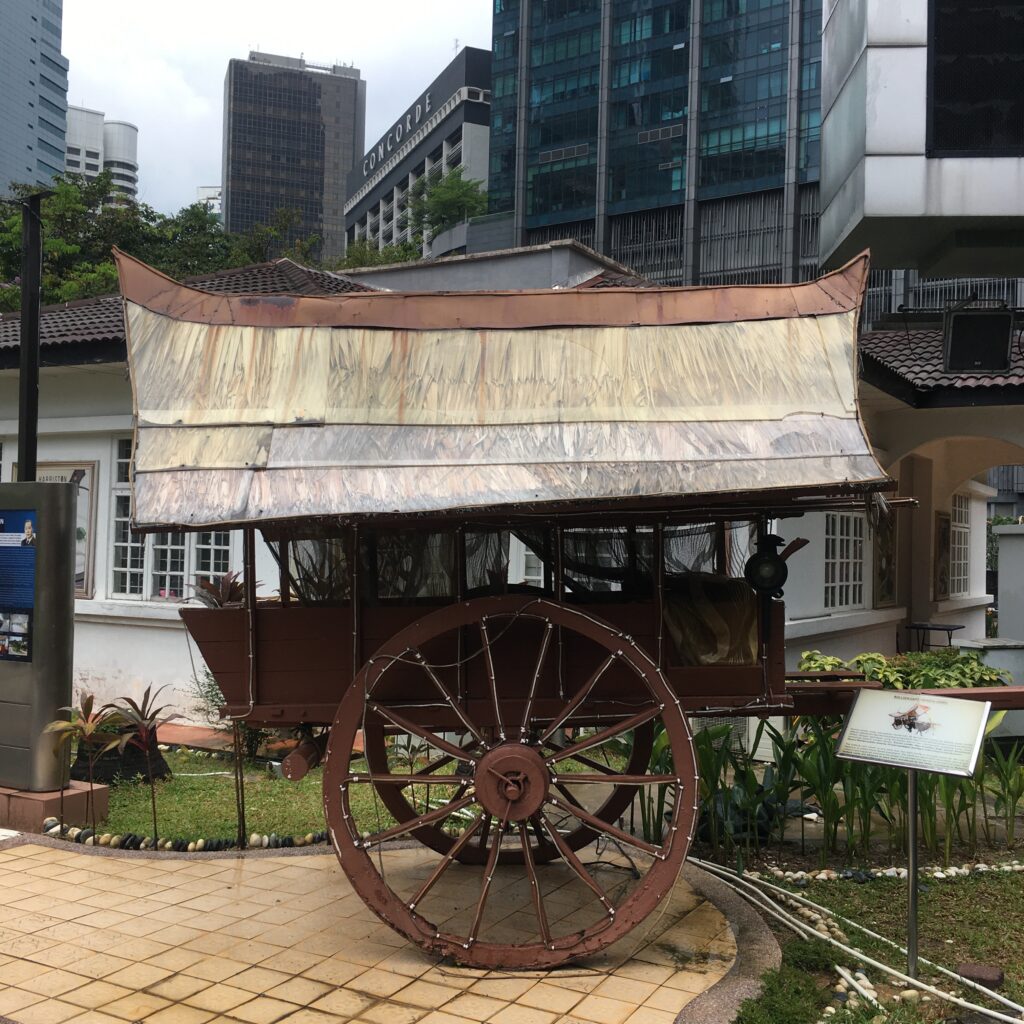
At the Malaysian Tourism office (not too far from Petronas Twin Towers) you’ll find a plethora of valuable information. Not just about Kuala Lumpur (affectionately known as KL), but all of Malaysia including Borneo and other destinations which could be of interest – along with the best methods of how to utilise transport and accommodation options to suit all budgets.
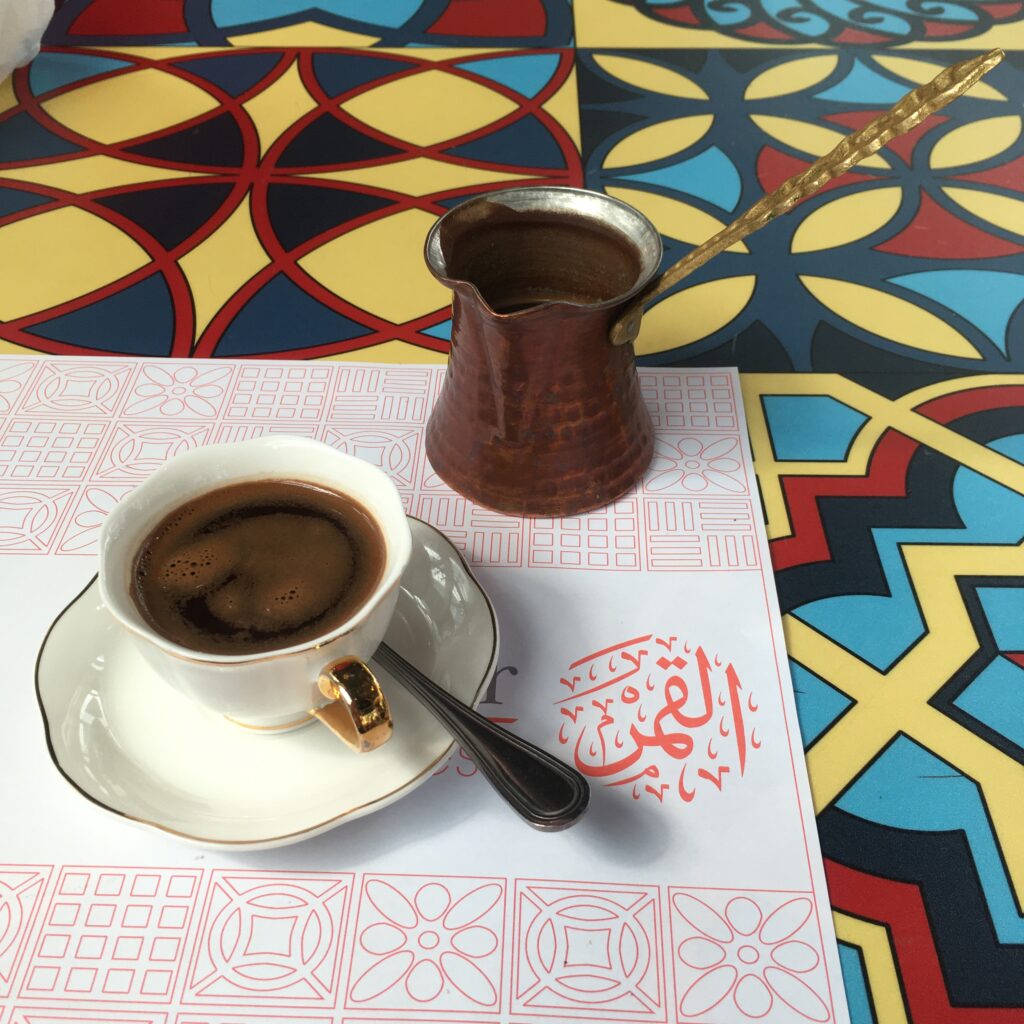
And, at the end of the day, be ready for a decent strong Arabica-style coffee. No shortage of stylish, clean eateries in KL, along with an endless assortment of food choices to tantalise the taste buds.
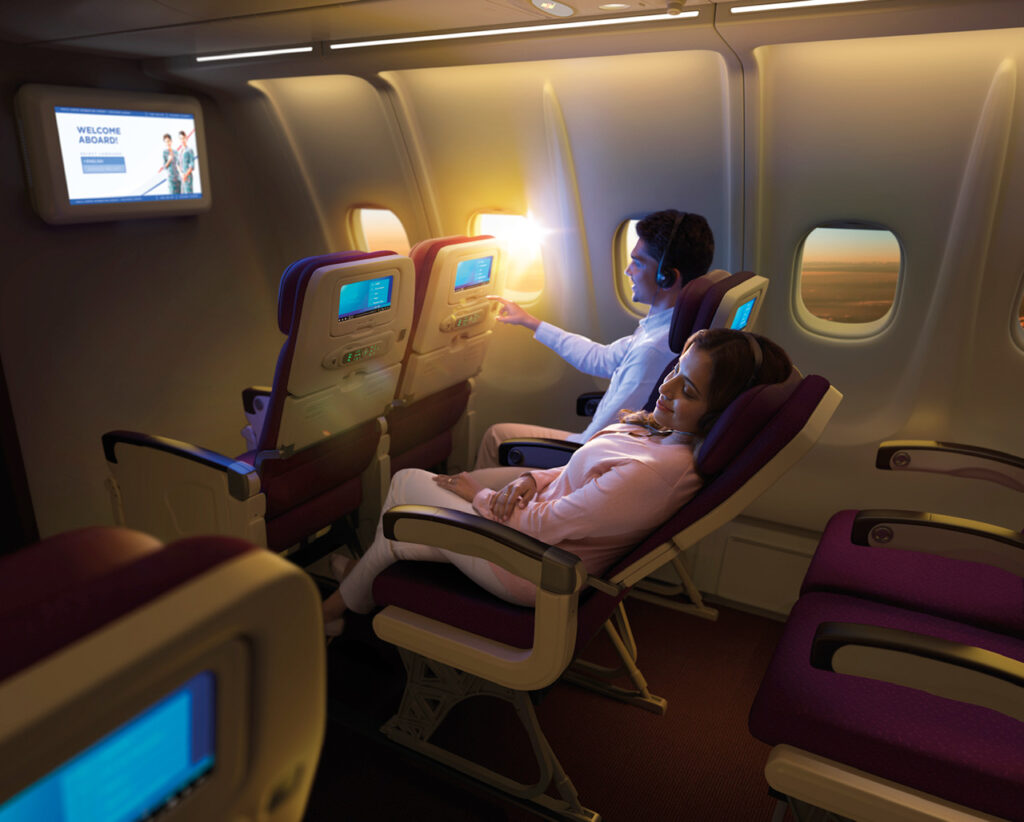
Malaysia Airlines being a member of the Oneworld Alliance offer direct services into Australia with onward connections with another member of the team is Qantas.
With seamless transfers between online carriers making the journey hassle free, Malaysia Airlines also have an area at the back of business class; two rows of extra-leg room and the last time I checked at A$90 per sector additional per passenger it seems worth the extra to have a restful trip. So, for an additional A$180.00 to London, makes flying just that much more comfortable. Note: this is not a premium economy cabin, but rows of seats which have added space for those of us who are slightly more robust than some other travellers.
Note: Please be aware if entering Australia, a visa is required if you’re not a national of the country. Also luggage will always need to be collected at the international entry point and then rechecked for the domestic onward flight regardless of airline.
So, with direct services into Malaysia and excellent connections, destinations such as Borneo are uncomplicated and doable. Making your way around is straight forward with English being spoken almost everywhere. Transport is cheap enough and taxis with a meter are certainly affordable. Accommodation standards are extremely high with all budgets being met from backpacker to luxurious in most areas of the country.
Enjoy a trip to Malaysia and return home with a vitality only reserved for those who know how to relish life to the fullest with a swag of memories from a country which is diverse and fascinating.
Photo courtesy of Malaysian Airlines.
